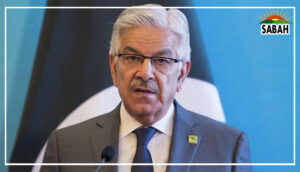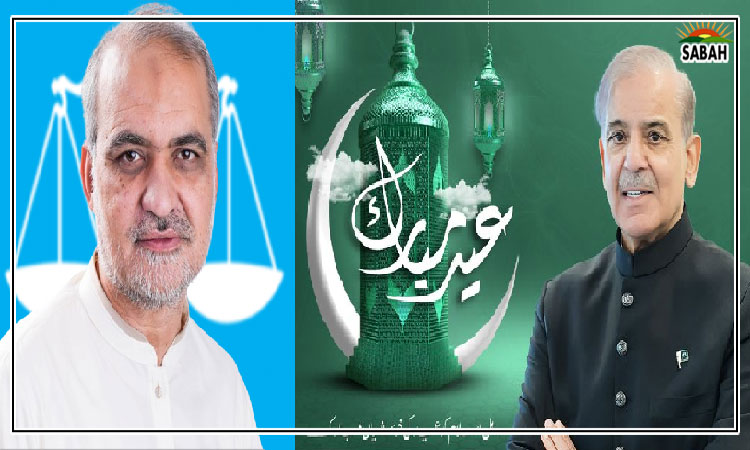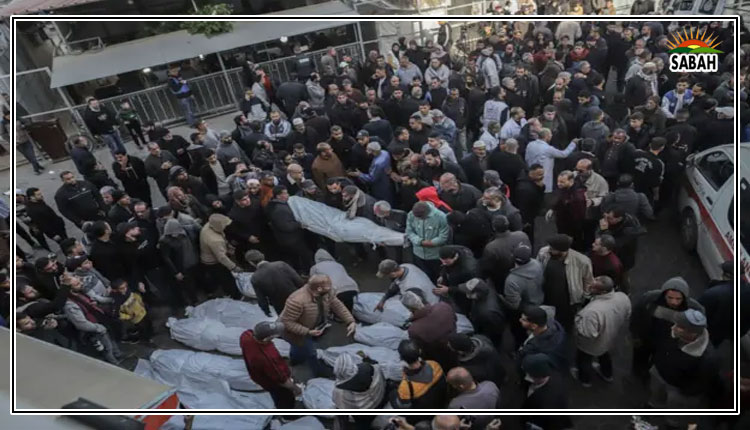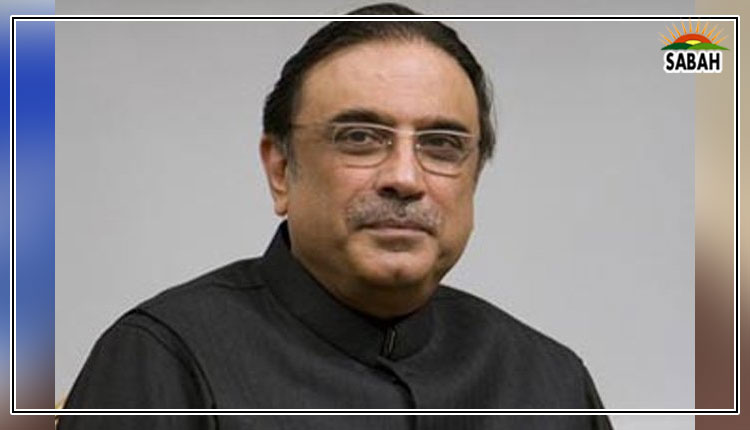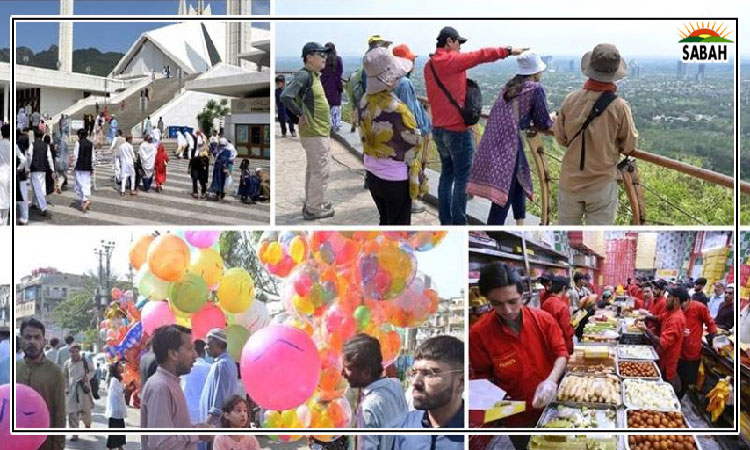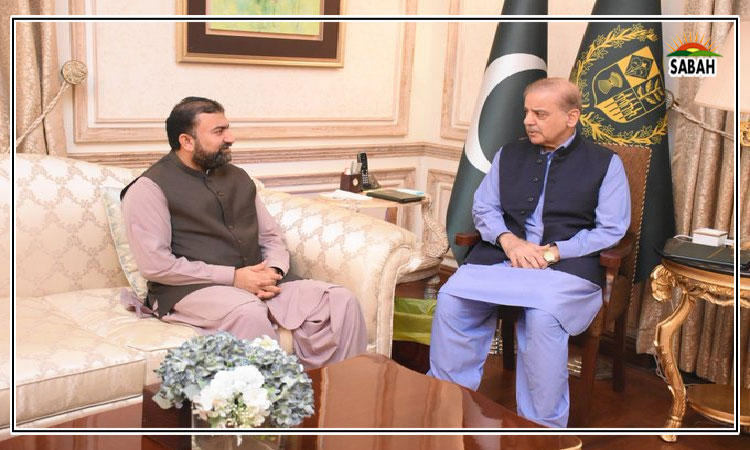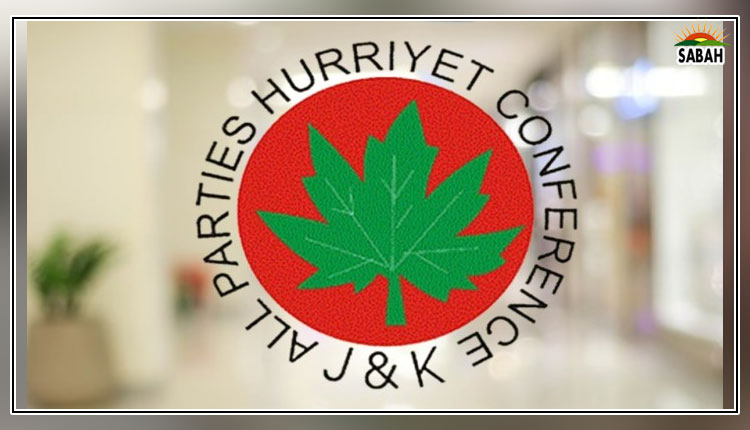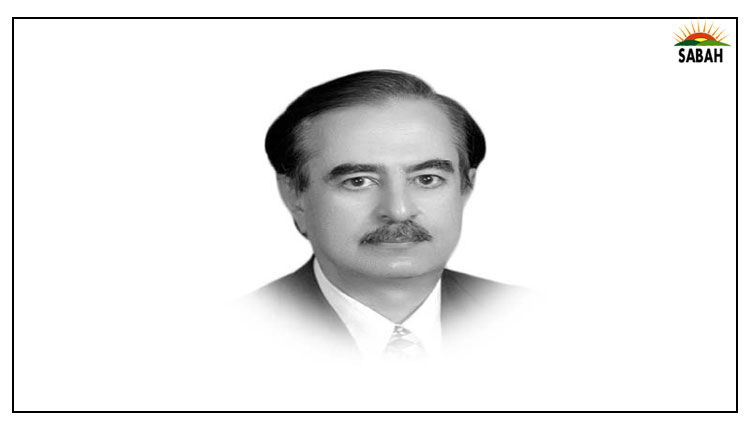Subsidies: equaliser, immiserator or collusive larceny?… Sahibzada Riaz Noor
IMF chief Kristalina Georgieva to Caretaker Prime Minister in New York on 20 September 2023:
“Pakistan must tax the rich to provide relief to the poor…”
Being a Bulgarian, her remarks on the eve of the $3 billion SBA ring: “I want to stress… those who can, those… making good money [in the] public or private sector need to contribute to the economy. Secondly, to have a fairer distribution… moving subsidies only towards the people who really need it. It shouldn’t be that the wealthy benefit from subsidies.”
The justification for and efficiency of subsidies are two interrelated but clearly distinguishable issues. While subsidies are justified on economic and moral grounds as helping the weaker sections or regions of society, by reducing their handicaps and making for economic efficiency, their purpose may be completely vitiated by misuse and expropriation by the powerful in society.
Under resource scarcity and economic inequality such a system can become a tool in the hands of the powerful to further augment their economic position, exacerbating rather than reducing inequality and economic inefficiency.
What is the moral and economic philosophy underlying subsidies?
The answer in simple terms lies in the inherent tendency of a market system towards greater inequality, if human welfare is left merely to the whims of a free market system based upon free pursuit of uninhibited profit motive and pricing mechanism. In this context subsidies act as equalisers.
Inheritance, lack of equal access to educational, health, economic and social opportunity necessarily create conditions of inequity, creating social tensions that may threaten the social fabric. In order to secure a liberal, free market system from the threat of collapse ensuing from repeated crisis of overproduction and massive unemployment, the philosophy of social welfare and subsidising essential goods and services to the underprivileged arose.
Read Is the worst behind Pakistan’s economy?
It was not so much altruism but the dire necessity to save the capitalist system from repeated crashes based upon extreme inequality that evolved into western philosophical underpinnings of social welfarism and the concept of subsidies for the poor.
How equitous and efficient such a system is, therefore, becomes a central issue in a resource-scarce setting. To what extent public resources collected through taxes are benefitting the real deserving and contrarily how much misuse is taking place by the undeserving, through absence of proper regulations, checks and a thorough, data-based monitoring system, thus become a core concern of efficiency and equity of state help to the weak in society.
In societies marked by a high level of elite control and seriously uneven distribution of power, decision-making, resource capture and control over policymaking relating to sharing of social and economic assets, it is obvious that access to state subsidies will likely tend to be highly skewed in favour of the already endowed sections of society adding to immiseration. Curtailment of misuse through laws, policies and rules assumes critical importance.
Thus focus in economic reforms must centre on a system of ensured and targeted subsidies immune to being hijacked by the privileged. An unregulated system often becomes a tool for self-appropriation by the elite with only a few crumbs spilling over to the needy.
The subsidy system in Pakistan, in absence of reliable data, seems vastly distorted in favour of the already endowed, undeserving. Abuse of the system at individual levels occurs due to absence of statistics regarding the income levels of recipients of state subsidies, except to a certain extent under the Income Support Programme. Despite its limited coverage, even here cases of abuse are not infrequent.
The larger portion of state subsidies relate to urban areas in terms of subsidised wheat flour, electricity and gas charges (though since withdrawn under IMF conditionalities), SOEs, water charges, health and education. In the rural areas, direct or indirect subsidies are provided on irrigation water, fertilisers, pesticides and in the shape of crop floor prices.
In the business sector concessional loans, tax concessions and exemptions and loan waivers exist. Whether these actually make up for losses due to market imperfections or result in increased market capture or distortions and undue gains is a different field of study, although crucially important in its own terms.
Read more $4.5b external financing shortfall may rankle IMF
The privileged, connected classes have means of easier access to public sector services and facilities like healthcare, education, utilities and municipal services. Their ability to secure priority benefits therefrom arises from social networkings or access to influential people in a system marked by absence of an impersonalised system of service delivery.
At the national level, around Rs1000-1200 billion worth of taxes annually goes towards subsidies in various sectors of the economy mainly electricity, gas, SOEs and health and education. Hidden subsidies may be equal in size. How much are the economically disadvantaged benefitting and how much is lining the pockets of the already privileged is not ascertainable since such information is obviously zone interdite. Out of a hypothetical figure of Rs2 trillion subsidies, overt and concealed, the poor would be lucky if they are getting Rs800 billion or 40% of subsidies!
Data regarding efficiency of subsidies unfortunately is rarely available. Does a conspiracy of concealment by the rich in collusion with the policymakers and dispensers of the largesse exist?
A case in point is the Sehat card scheme. Despite the fact that National Health Accounts (NHA) of the Bureau of Statistics provides exhaustive information on health expenditures, serious limitations exist.
NHA fails to provide information on efficiency, cost effectiveness, wastage or leakages under Sehat card scheme. This is a serious impediment to stopping misuse.
A paper prepared by Mark Pearson for the International Resource Development Centre asking questions about the effectiveness of NHA gives a unique insight into how data is not being collected on efficiency of health subsidisation.
While data is collected on the sources of expenditure, total funds allocated, who is the spender, there is pitifully little attention to record information regarding how efficiently the funds are being allocated and spent, how to improve the efficiency of funds available and whether available resources are being targeted to poor and vulnerable groups.
A similar alarming situation seems to exist across the board in respect of all state subsidies. Can a resource-strapped economy afford such wastage or colluded larceny of the rich?
Courtesy The Express Tribune, September 27th, 2023.


